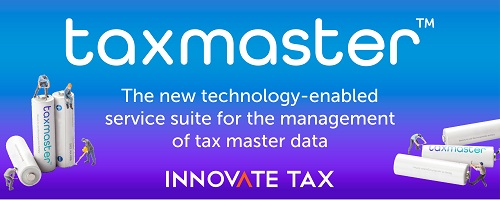Pre-read What is SAF-T, and Why Should You Care?
In Austria, the Standard Audit File for Tax (SAF-T) was introduced on January 31, 2009. SAF-T is a transactional level analysis of accounting and tax data in a standard XML schema, allowing for the efficient and simple transfer of data to the tax authorities. The SAF-T file structure in Austria includes the following components:
- Enterprise master data: This includes information such as the Chart of Accounts, Customer and Supplier master data, and Product master data.
- General Ledger and accounting journals: Transactions and entries recorded in the general ledger.
- Inventory movement data: Information on inventory stock levels and movements.
- Invoiced data: Sales and purchase invoices.
- Fixed asset statement: Information on fixed assets, including amortization.
The Austrian Bundesministerium für Finanzen (Federal Ministry of Finance) may request a SAF-T report from businesses on-demand, typically ahead of a VAT audit. This means that businesses in Austria must be prepared to provide the SAF-T report to tax authorities when requested.
SAF-T is an electronic schema developed by the Organization for Economic Cooperation and Development (OECD) in 2005 as a global standard for the exchange of tax-related information between tax authorities and businesses. The file requirements are expressed using XML, which ensures consistency and facilitates data exchange among countries. SAF-T reporting usually includes five main components: General ledger and supporting journals, Accounts payable, Accounts receivable, Warehouse inventories, and Fixed assets ledger.
Austria was among the early adopters of the OECD’s SAF-T format, implementing it in 2009. The format enables the efficient exchange of VAT or GST-related data between businesses and tax authorities, enhancing tax compliance and transparency.
It’s worth noting that other countries have also implemented or proposed SAF-T requirements, each with their own specific implementation dates and scopes. For example, as of July 2021, the European Union introduced the One-Stop Shop (OSS) and Import One-Stop Shop (IOSS) for sellers, marketplaces, or intermediaries. Countries like Ukraine, Romania, Hungary, and others have also adopted or are planning to implement SAF-T.
In conclusion, the SAF-T in Austria was introduced in 2009 and requires businesses to provide transactional level accounting and tax data to the Austrian tax authorities upon request. This helps in improving tax compliance and simplifies the exchange of information between businesses and the tax authorities.
Sources
- All you need to know about SAF-T in Austria
- Austria Standard Audit File for Tax SAF-T
- Country fact sheets: eInvoicing in Austria
- Standard Audit File Tax – a file format with revolutionary potential
- Austria SAF-T
- Join the Linkedin Group on Global E-Invoicing/E-Reporting/SAF-T Developments, click HERE
- Join the LinkedIn Group on ”VAT in the Digital Age” (VIDA), click HERE















